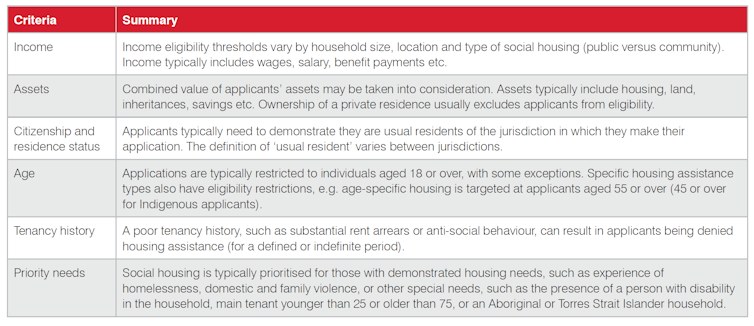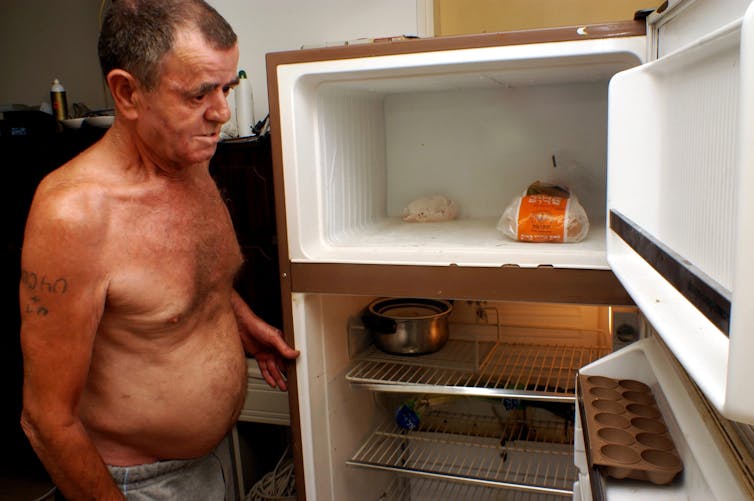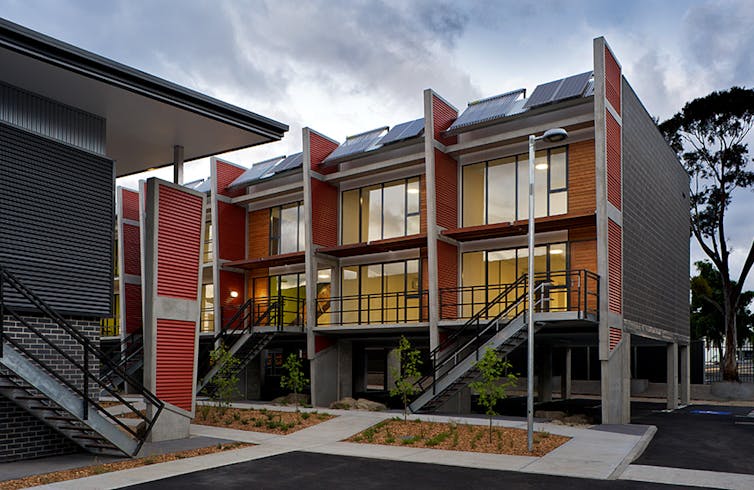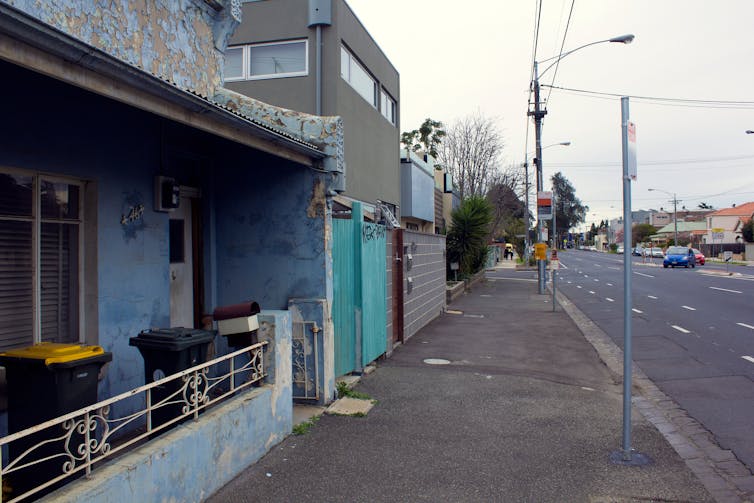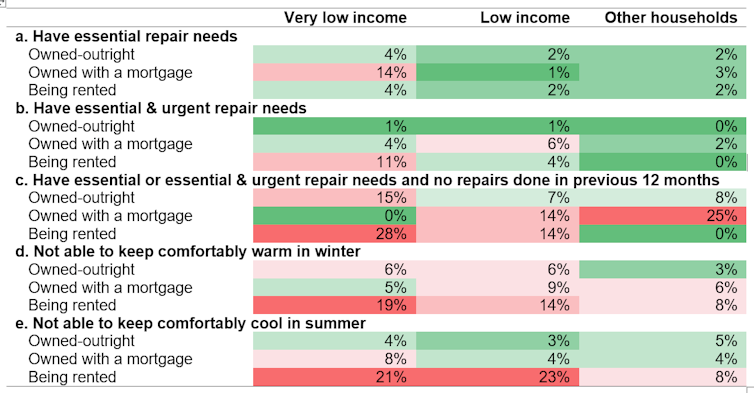By Professor Susan Thompson, City Futures Research Centre. Originally published in New Planner – the journal of the New South Wales planning profession – published by the Planning Institute of Australia.
For over 60,000 years, Aboriginal and Torres Strait Islander peoples enjoyed a remarkably harmonious relationship with the natural environment that provided all their physical and spiritual needs, keeping them healthy, happy and well. This was abruptly and forcefully destroyed when the colonialists invaded Australia in 1788. The legacy of this dispossession continues today with significant gaps between the health status and life expectancy of Aboriginal and Torres Strait Islander peoples compared to other Australians.
And while this is a complex situation, with differences in health status across urban and rural communities, chronic disease rates are problematic for all Australians. Accordingly, planners have a role to play in addressing specific risk factors for chronic disease – especially obesity, lack of sufficient exercise, access to nutritious foods and social isolation.
Understanding needs and priorities
In an attempt to understand how these risk factors affect Aboriginal and Torres Strait Islander peoples, the needs and aspirations of the Awabakal community in NSW’s Hunter Region were investigated in a collaborative consultative exercise. The outcomes were written up in a report entitled ‘Healthy Country Healthy Mob’ (McGuinness, et al, 2011). While the outcomes are specific to the Awabakal people, the report is useful for planners collaborating with other Indigenous communities to create health supportive environments.
In relation to accessing healthy food, the study found that for many it was often difficult to consume the daily recommended amounts of fruit and vegetables to meet basic health requirements. These challenges were exacerbated by the high cost and poor quality of fresh produce. Consulted participants suggested that the development of, and support for, community gardens would be one positive way to help alleviate some of these issues.
Achieving at least 30 minutes of physical activity every day was also challenging for a large percentage of respondents. Improvements to the quality of footpaths, their connectivity, and the provision of shading and attractive features, were nominated to help encourage regular walking. Similarly, with cycling, participation rates would increase with more continuous off-road bike paths and lanes.
Findings around community belonging, neighbourliness and connection with the environment were also interesting. There was a strong sense of neighbourhood attachment, especially for families with young children. Volunteer rates tended to surpass those of the non-Indigenous population. Nevertheless, connections across the generations – the very young and the elders – needed improving, with suggestions for culturally appropriate events, as well as providing suitable public meeting spaces (McGuinness, et al, 2011). The location of new roads needs to be carefully assessed by planners to ensure that existing communities are not isolated or separated from easily accessible meeting and gathering spaces. Acknowledgement of traditional owners, incorporation of Aboriginal art in the region, and the protection of significant sites – be they natural or built environments – were all identified as ways of improving community connection and respect for everyone in the Hunter.
Positive visions for change
The work undertaken in the Hunter demonstrates a positive vision for change through a collaborative and respectful process, which planners can emulate elsewhere. Another example is the Yuwaya Ngarra-li partnership based in Walgett in western NSW. This is a community-led, rights-based, strengths-focused and holistic project where academics, from a range of UNSW faculties, have joined with the Dharriwaa Elders Group (DEG) to bring evidence-based solutions to real world challenges to improve health and well-being for Aboriginal people in Walgett. Built Environment Faculty colleagues, led by landscape architect Sara Padgett Kjaersgaard, are investigating a range of projects with the DEG, including specific healthy planning initiatives, to support community food gardens and conduct a healthy built environment audit of the town. We are excited and honoured to be part of this partnership.
Note on article image: Indigenous art is a powerful way of expressing connection to Country and community – this mural has been completed along Sydney’s inner west GreenWay to celebrate the traditional owners of this land. The location of the mural is often referred to as the boundary between the lands of the Gadigal and Wangal people of the Eora Nation. Artists: Uncle Kev, Tim Phibs (lead), J.P. Simon.
Reference
McGuinness, R., Miller, K., Bromley, M., Neal, S., Eastwood, L., O’Sullivan, E., Townsend, D., Licata, M., (2011) Healthy Country Healthy Mob: Summary Report of the Awabakal Aboriginal and Torres Strait Islander Consultation for the Newcastle and Lake Macquarie Liveable Communities Assessments. Awabakal Local Aboriginal Land Council and Awabakal Newcastle Aboriginal Cooperative, Newcastle.




